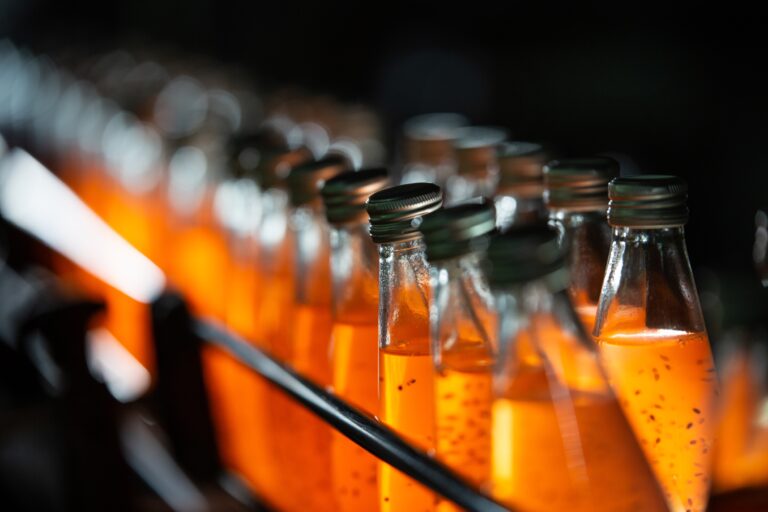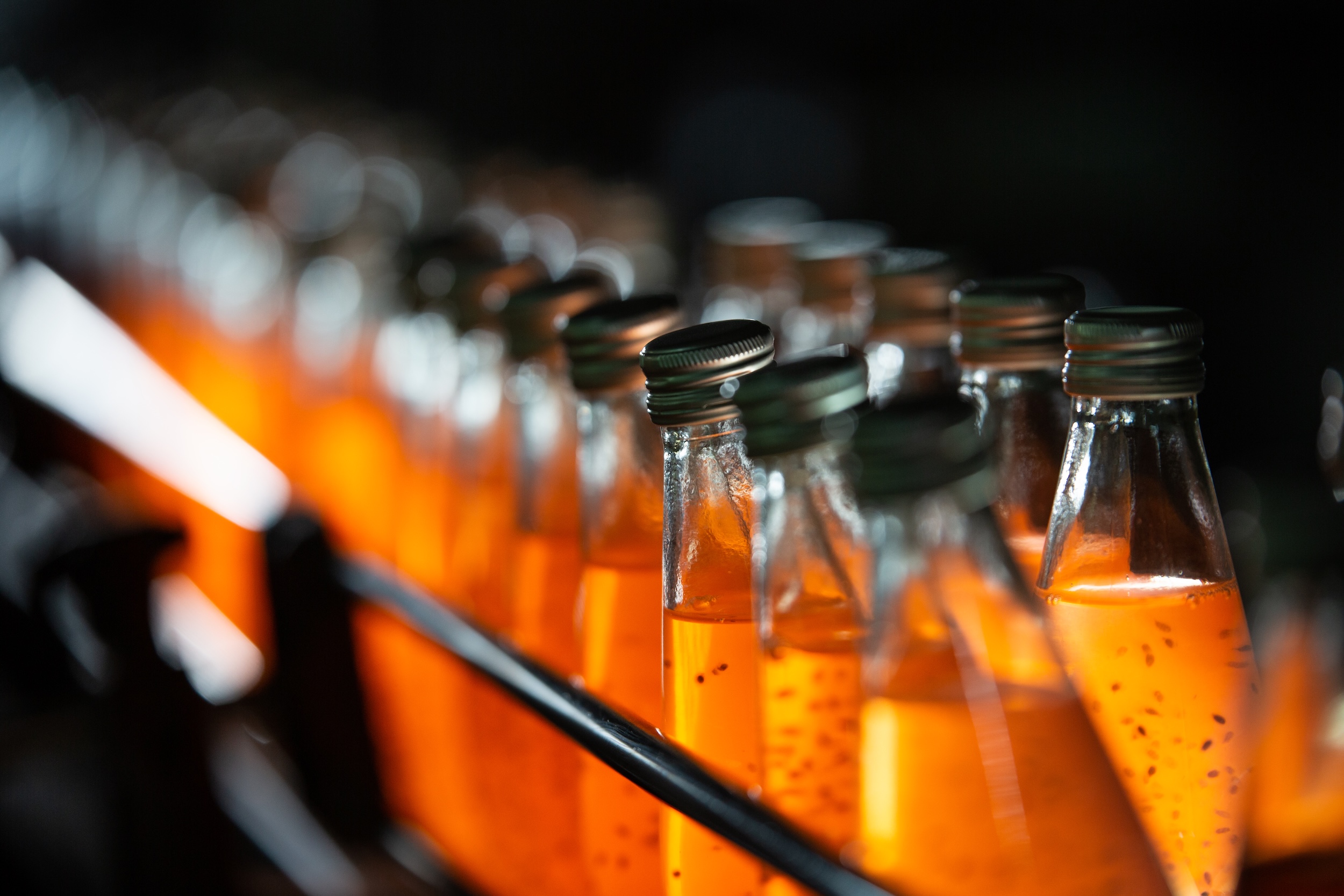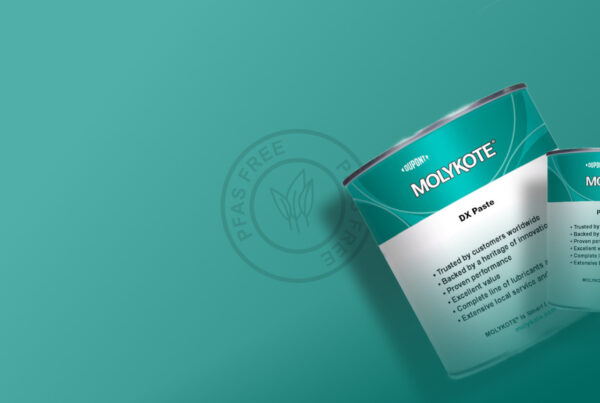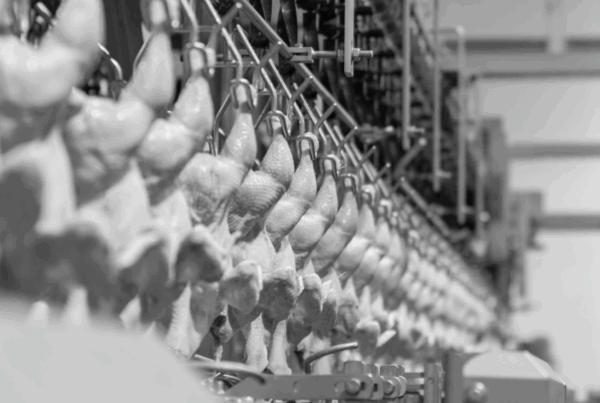Key points of the article
- Water-based barrier coatings offer a sustainable, high-performance solution for paper packaging, replacing traditional polyethylene and improving the recyclability of materials.
- In the food sector they are used for trays, cups, wrappers, and pizza or cake boxes, while in the e-commerce and consumer sectors they are used in bags, packages, and boxes for detergents and tissues.
- This technology provides high resistance to moisture and grease, heat-sealability up to 80 °C, andexcellent processability, maintaining consistent performance even on different paper and board substrates.
- Cobb, WVTR and ASTM D918-99 laboratory tests certify tightness against water and vapor, barrier capacity and resistance to blockage during production and storage.
- Environmentally, water-based barrier coatings reduce plastic use, improve fiber yield in recycling, and support the packaging industry’s circular economy goals.
- Mascherpa supports companies in the selection, testing and application of these materials, offering specialized technical advice for more efficient, safe and environmentally friendly packaging.
The packaging industry, particularly the food packaging paper industry, has been undergoing a profound evolution in recent years.
The demand for more recyclable solutions has led to the introduction of new adhesive technologies and functional coatings that can replace polyethylene(PE), which has always been used to protect paper materials from moisture and grease.
Water-based barrier coatings in the H.B Fuller range meet this need, offering high performance and compliance with direct food contact regulations. The transition is also aided by an increasingly stringent regulatory framework, with bans on PFAs, anti-plastic initiatives, and an increasing focus on life cycle assessment(LCA), which aims to reduce emissions throughout the production chain.
Index
- Water-based coatings and polyethylene coatings: differences, pros and cons
- The applications of water-based coatings
- Technical properties of water-based barrier coatings
- Test preparation
- Environmental benefits and compliance for food contact
- The future of paper packaging passes through water-based barrier coatings
Water-based coatings and polyethylene coatings: differences, pros and cons
Traditionally, paper packaging intended for the food sector or foodservice are coated with polyethylene layers, which are effective in creating a barrier against liquids and grease but difficult to handle in recycling. During the repulping process, PE tends to separate from the fibers and can contaminate them, reducing the quality and quantity of recyclable material.
Water-based barrier coatings, on the other hand, eliminate this critical issue. They offer strong resistance to moisture and grease, are heat-sealable up to 80°C, and provide better fiber yield during recycling. They also allow lower thicknesses (8-12 gsm, down to 5 gsm with flexo application), reducing material consumption and production waste.
In the face of more complex technology and initially higher costs, this solution allows for a simplification of recycling processes, two factors that are expected to become crucial in the coming years.
The applications of water-based coatings
Water-based barrier coatings find application in numerous types of paper packaging, both for the food and consumer and logistics sectors.
Food industry and food packaging
In foodservice, water-based barrier coatings are used for:
- take-out containers, such as ready-to-eat food trays and paper cups for hot or cold drinks;
- food wrappers;
- pizza boxes;
- confectionery packages;
- baked goods.
E-commerce packaging industry
In the e-commerce channel, water-based barrier technology is used for shipping bags and packaging that need effective protection against moisture and grease while maintaining full recyclability of the material.
In the non-food area, these coatings are also applied to:
- tissue boxes;
- detergent boxes;
- soap boxes;
- boxes for dishwashing or laundry detergent;
- Dryer sheet boxes.
In all these applications, water-based barrier coatings offer a functional barrier even in domestic or industrial settings.
Due to their versatility and compatibility with various coating processes, water-based barrier coatings provide a cross-cutting solution for the production of paper packaging that is durable, sustainable, and compliant with environmental and food regulations.
Technical properties of water-based barrier coatings
- Barrier: strong resistance to moisture and grease.
- Heat-sealability: to self and paper up to 80 °C.
- Application and coat weight: typically 8-12 gsm; with flexo application, up to 5 gsm is possible (all things being equal).
- Processability: good processability and anti-blocking.
- Bondability: compatible with dedicated range adhesives for long-line bonding.
- Repulpability: better fiber yield than PE in rework.

Test preparation
To ensure consistent performance that meets the needs of the packaging industry, water-based barrier coatings undergo a series of standardized tests that evaluate their strength and suitability for different conditions of use.
Tests are conducted on paper or board with coating weights between 8 and 12 gsm, using internationally recognized methods.
TAPPI T441 Cobb Test (moisture resistance)
The Cobb Test, defined by the TAPPI T441 standard, measures the amount of water absorbed by a paper or cardboard sample over a given time interval.
A low Cobb value indicates high resistance to moisture absorption, an essential feature for food packaging, where the paper must maintain stability and integrity even in contact with liquids or vapor. Water-based coatings show optimal performance in this test, effectively protecting the fiber without compromising recyclability.
ASTM F1249 WVTR (Water Vapor Transmission Rate)
The ASTM F1249 standard evaluates the water vapor transmission rate (WVTR), expressed as grams of vapor passing through one square meter of surface in one day.
This parameter is critical in determining the barrier capacity of the coating against moisture permeation.
A low WVTR value ensures that the contents of the package remain dry and protected, maintaining the quality of the food product or packaged material.
ASTM D918-99 Resistance to clamping
The ASTM D918-99 test measuresblocking resistance, which is the ability of the coating to prevent two treated layers from adhering to eachother when subjected to pressure or temperature.
This characteristic is crucial during production, storage and transportation, as it ensures that sheets or reels of paper do not stick together, preserving the processability and efficiency of packaging processes.
Environmental benefits and compliance for food contact
The most notable aspect of water-based barrier coatings is their ability to improve the recyclability of paper packaging. During the reprocessing process, fibers treated with this technology retain their integrity, allowing for higher volumes of recyclable material and better quality than PE coatings.
This solution not only reduces the presence of plastic in packaging, but also makes a concrete contribution to the goals of circular economy and reducing the environmental impact of production chains.
From a regulatory point of view, the products are developed to be suitable for direct food contact, in accordance with relevant European and international directives.
The future of paper packaging passes through water-based barrier coatings
Water-based barrier coatings represent one of the most promising innovations in paper packaging today. They combinehigh technical performance with lower environmental impact, offering a real alternative to traditional plastic coatings.
Mascherpa, H.B. Fuller‘s official partner in Italy, supports companies in the selection and application of the most suitable materials for each production need, guaranteeing technical support and dedicated advice.
To learn more about the potential of this technology or request application trials, contact Mascherpa experts.



